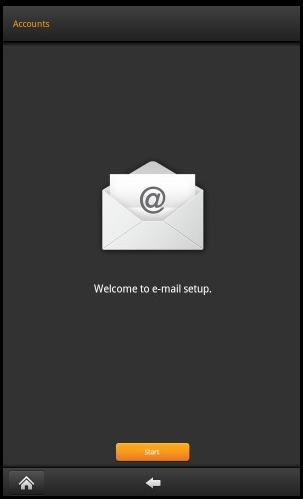
- #Iflash device hd authentication fail zip file
- #Iflash device hd authentication fail update
- #Iflash device hd authentication fail upgrade
- #Iflash device hd authentication fail android
Check and, if necessary, revise the SSL and firewall settings of the SVP and Device Manager server and the network settings between the SVP and Device Manager server, execute for the relevant storage system, and then confirm that the settings were applied successfully.


However, clicking on the links for Components, Host Groups, Cache Partitions, Encryption Keys & License Keys produces this error:ĭevice Manager could not open the window, because the settings in for the SVP are incorrect. In the Resources tab we can click on a number of links in the menu and see correct information about the G200, e.g. Generally, the Device Manager setup seems to be working OK and data collection tasks are running correctly. If you’re interested, you can find the complete changelog of this latest version on the official website.We have a G200 managed by a Device Manager on a Windows server. You’d observe that the list of changes, new features, and bug fixes is quite stretched.
#Iflash device hd authentication fail android
This particular Android code implementation has added a series of roadblocks for both the developers and users of TWRP in the past. A very detailed and simple explanation was provided by Magisk developer John Wu. With this latest update, TWRP supports automatic detecting of SAR, allowing the recovery to properly mount the /system partition for flashing ZIP files, backing up and restoring NANDroid backups, and more. The next major change is regarding Android devices that have the A/B partition layout.
#Iflash device hd authentication fail zip file
The installer ZIP file used to permanently flash TWRP on such devices has been rewritten using a more generic template and magiskboot, courtesy of developers arter97 and John Wu. The new TWRP 3.4 Installer ZIPs also support recovery_a and recovery_b partitions on A/B devices that follow the 2-Stage-Init (2SI) System-as-Root layout. This includes devices such as the OnePlus 7T, OnePlus 8, and others. Third, with the latest TWRP, users can now flash proprietary OZIP firmware packages on Realme and Oppo devices. This means users wouldn’t need to decrypt and convert the firmware package to a recovery-flashable ZIP anymore.
#Iflash device hd authentication fail upgrade
There are also a couple of changes in TWRP’s ‘Install’ menu which is used to flash ZIP files.This should allow users to manually upgrade their phones using TWRP itself. The recovery now shows info about the ZIP file being installed to the inactive slot of an A/B device. IFLASH DEVICE HD AUTHENTICATION FAILED ZIP FILE
#Iflash device hd authentication fail update
There’s also a particular change in this update that I would like to point out.In addition to that, the “Reboot System” button now allows users to reboot their phone into different partitions after installing a ZIP file. IFLASH DEVICE HD AUTHENTICATION FAILED UPDATE Earlier, TWRP 3.3 used the ‘persist’ partition on devices to store the recovery’s cache and log files.

This caused the corruption of the phone’s calibration data stored in the said partition, ultimately leading to non-working sensors like proximity, gyro, etc. We already covered a solution to fix the sensors issue. With the latest TWRP 3.4 release, this bug has finally been fixed.Īpart from the ones mentioned above, there are several fixes and changes concerning the decryption, and much more.



 0 kommentar(er)
0 kommentar(er)
